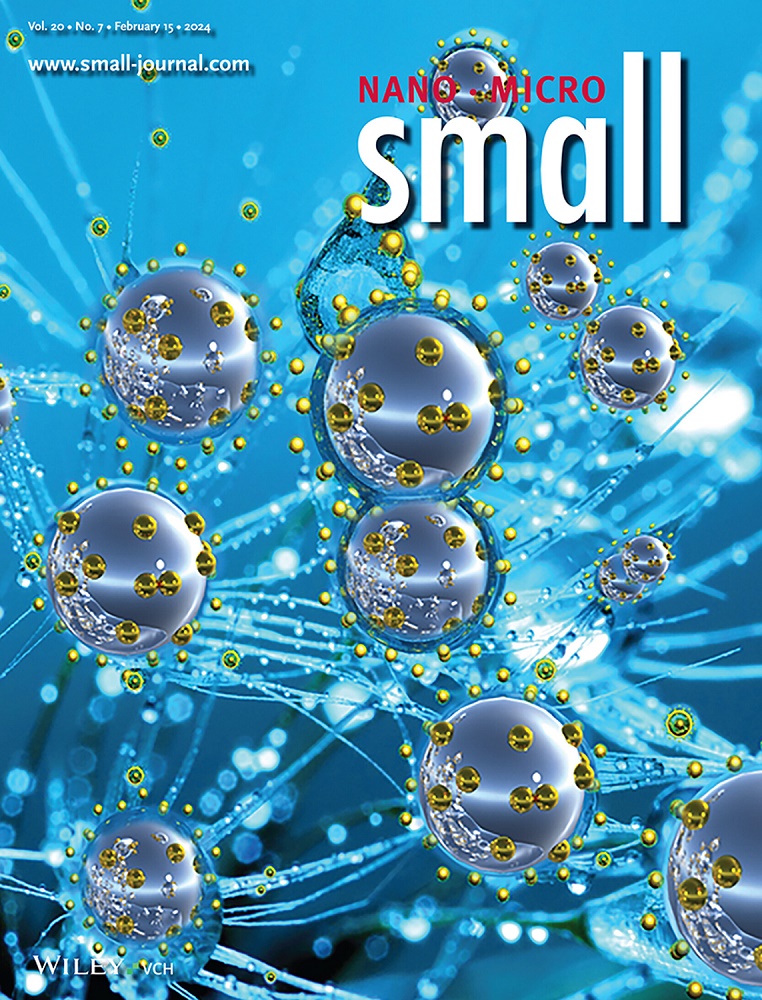Hibiscus Mutabilis‐Inspired Upcycled TPEE Films with Orthogonal Wavelength‐Controlled Spiropyrans for Dynamic Anticounterfeiting and Photoswitchable Conductivity
IF 13
2区 材料科学
Q1 CHEMISTRY, MULTIDISCIPLINARY
引用次数: 0
Abstract
Plastics are integral to modern life but contribute significantly to environmental pollution due to their durability and low recycling rates. Poly(ethylene terephthalate) (PET) is particularly problematic, representing a substantial portion of global plastic waste. Addressing this issue, this work presents a sustainable approach to upcycle PET into thermoplastic polyester elastomer (TPEE) films, integrated with orthogonal wavelength‐controlled spiropyran derivatives, SP‐COOH and MC‐SO具有正交波长控制螺吡喃的木槿激发的升级TPEE膜用于动态防伪和光开关电导率
塑料是现代生活中不可或缺的一部分,但由于其耐用性和低回收率,对环境污染造成了重大影响。聚对苯二甲酸乙酯(PET)问题尤其严重,占全球塑料垃圾的很大一部分。为了解决这一问题,本研究提出了一种可持续的方法,将PET升级为热塑性聚酯弹性体(TPEE)薄膜,并结合正交波长控制的螺吡喃衍生物SP‐COOH和MC‐SO3。这些升级换代的TPEE薄膜具有动态防伪和光切换的导电性。螺吡喃衍生物在不同光照条件下表现出可逆的结构变化和颜色变化,增强了其机械性能和耐溶剂性。本作品的灵感来自于木槿的变色,同时也展示了人造光在蛾兰花瓣上诱导的颜色。导电聚(3,4 -乙烯二氧噻吩)聚苯乙烯磺酸盐(PEDOT:PSS)的加入进一步实现了光开关导电性,提供了双层安全功能。这项工作不仅推进了聚合物升级回收,还引入了防伪和可穿戴技术的创新应用,与全球可持续发展目标保持一致,并展示了从废物中开发高价值产品的潜力。
本文章由计算机程序翻译,如有差异,请以英文原文为准。
求助全文
约1分钟内获得全文
求助全文
来源期刊

Small
工程技术-材料科学:综合
CiteScore
17.70
自引率
3.80%
发文量
1830
审稿时长
2.1 months
期刊介绍:
Small serves as an exceptional platform for both experimental and theoretical studies in fundamental and applied interdisciplinary research at the nano- and microscale. The journal offers a compelling mix of peer-reviewed Research Articles, Reviews, Perspectives, and Comments.
With a remarkable 2022 Journal Impact Factor of 13.3 (Journal Citation Reports from Clarivate Analytics, 2023), Small remains among the top multidisciplinary journals, covering a wide range of topics at the interface of materials science, chemistry, physics, engineering, medicine, and biology.
Small's readership includes biochemists, biologists, biomedical scientists, chemists, engineers, information technologists, materials scientists, physicists, and theoreticians alike.
 求助内容:
求助内容: 应助结果提醒方式:
应助结果提醒方式:


